Bedale
OS grid reference:- SE 272 876
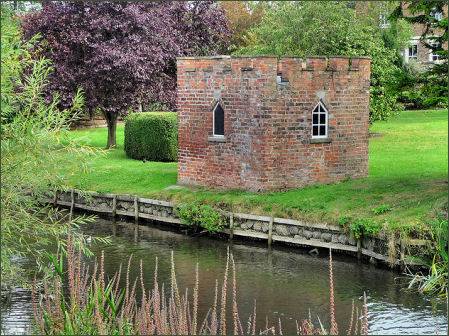
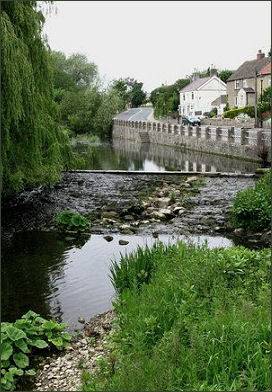 The Georgian market town of Bedale, known as the entrance to Swaledale and the Yorkshire Dales, lies in the Hambleton district of North Yorkshire.
The Georgian market town of Bedale, known as the entrance to Swaledale and the Yorkshire Dales, lies in the Hambleton district of North Yorkshire.
The town was once known as Bedell or Bedhal, which derives from 'Beda's Halh' which translates as the corner or place of Beda. Prior to William the Conquror's savage 'Harrying of the North' Bedale was held by Torpin (Thorfinn)
Bedale was granted its market charter in 1251 by King Henry III. During the reign of his son, King Edward I, Sir Bryan FitzAlan built a castle in Bedale. Bedale Hall, a Georgian house remodelled in neo-classical style in 1730 is now home to the Bedale Museum, which covers the heritage of the area from prehistoric times to the present day and has a large number of nostalgic items on display from times gone by, including tools, record books, accounts and wartime memorabilia.
,A fourteenth century market cross stands in the market place where The Wynd, Emgate and Market Place meet. Leech House is an unusual small brick building which stands beside Bedale Beck, it was built by a seventeenth century apothecary to store the leeches which were used to bleed his patients.
In 2012 a group of metal detectorists exploring a field near Bedale discovered a hoard of silver and gold objects dating from the ninth to tenth centuries, making it of earlier date than both the Cuerdale Hoard and the Vale of York Hoard. The hoard is now on display at the Yorkshire Museum in York.
The Bedale Hoard consists of 48 gold and silver objects and 29 silver ingots and includes an iron sword pommel inlaid with foil plaques, four gold hoops or bands from the hilt of the sword, six small gold rivets, four silver collars and neck-rings , one silver arm, one fragment of a 'Permian' ring, and one silver penannular brooch. The largest neck collar from the hoard consists of four twisted cables of silver, each a different size, hammer-welded together into flat terminals. The outermost cable consists of six thick, plaited rods and the inner three 'hollow' ropes each consists only of three coiled strands of double-twisted rods. Whilst the individual components of the collar can be paralleled, this 'West Viking' variant is unique. International trade associated with this hoard is best demonstrated by the 'Permian' style ring fragment, a type imported from Russia during the early part of the Viking period. Two complete six-plait cable neck-rings are also present in the hoard, as is a triple-strand neck-ring cut into half and used as hacksilver.
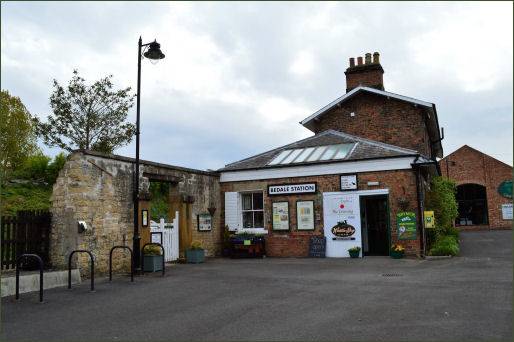
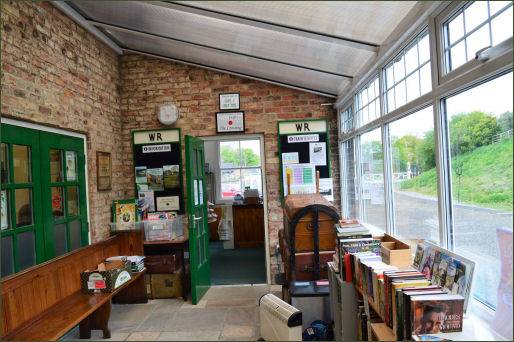
Bedale railway station stands on the Wensleydale Railway, first opened by the Bedale and Leyburn Railway in November 1855, the station very nearly did not get built at all as the initial plans for the Leeming to Leyburn route would have completely bypassed the town. This problem was subsequently corrected and by May 1856, passenger services had started running between Northallerton and Leyburn. These were subsequently extended to Hawes and Hawes Junction by the North Eastern Railway in 1878.
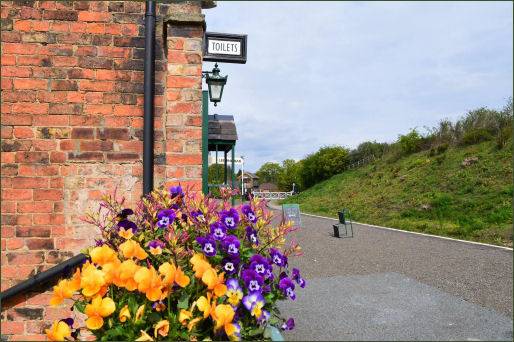
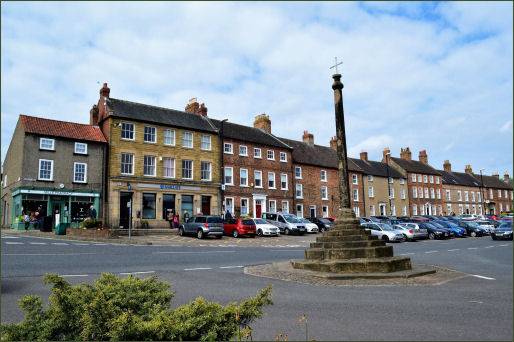
The Wensleydale Railway Company took over the station after leasing the branch from Railtrack in the spring of 2003, with services returning to Bedale in 2004 for the first time in 50 years. The WRC use the surviving station building and the adjacent brick-built signal box. Trains currently operate between Leeming and Redmire, but the company hopes to eventually rebuild the currently derelict section of the line west of Redmire and run services all the way from Northallerton to Garsdale.
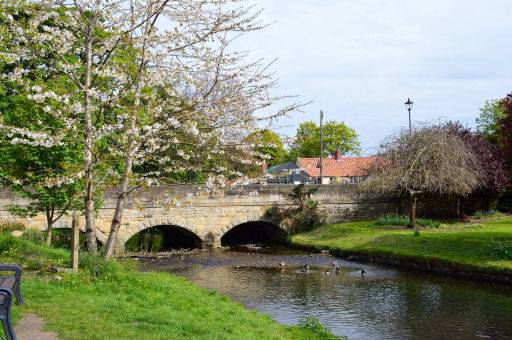
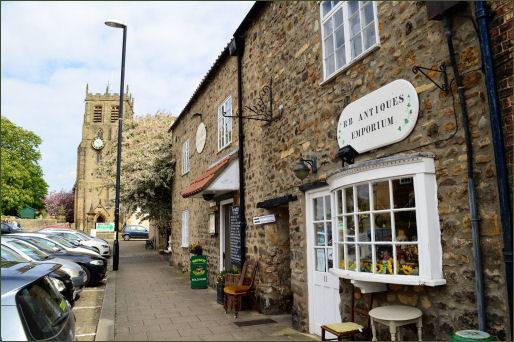
Bedale boasts charming cobbled streets and a Market Place centrepiece full of a variety of unusual shops all perfect for visiting tourists. Nearby Thorpe Perrow Arboretum holds what is considered to be one of the finest collections of trees and shrubs in Britain and also boasts ornamental lakes, scenic walks and trails and a popular a Birds of Prey Centre containing one of the largest collections of birds of prey in the north of England, flying displays are held every day.
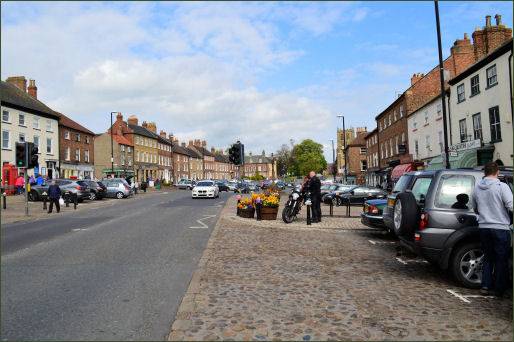
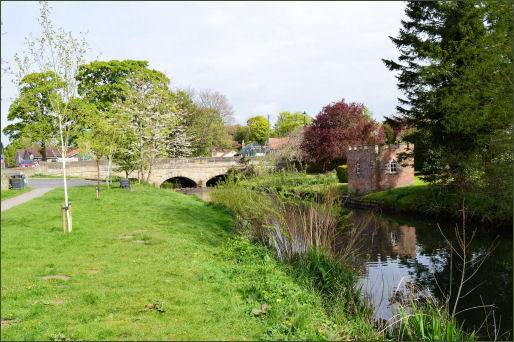
St. Gregory's Church
The Gothic style parish church of St. Gregory's boasts an imposing fortified church tower, said to be one of the best examples in northern England, it was built to defend against Scottish invasion. Few parish churches in England are dedicated to St. Gregory and Bedale is one of only two in Yorkshire, the other being at Kirkdale. A church has stood in Bedale at the time of the Domesday Survey of 1086, the present building displays architectural features of successive periods, including a fourteenth century south aisle and a fifteenth century tower.
The entrance to the church through a porch to the tower once contained a portcullis, which was removed when it fell during a storm in the nineteenth Century, although the groove is still visible. The building retains some Catholic relics, although during the Civil War Puritans vandalised several features of the building.
The church contains a handsome fourteenth century restored wall painting of St George slaying the dragon, in which, unusually, St. George is depicted as left handed. The painting is situated immediately opposite the south door. There is also a fragment of a medieval painting above the chancel arch, depicting a fourteenth century representation the Angel of the Annunciation and the remains of some Elizabethan over-painting.
